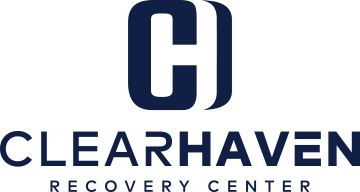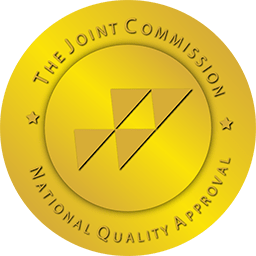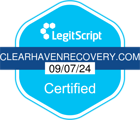Millions of people are prescribed opioids to treat chronic pain or medical conditions like cancer. While these drugs can help ease severe pain, they are also highly addictive, leading to dependency and addiction. In the worst cases, a person can suffer an overdose, which can lead to death.
In the state of Massachusetts, it’s understood that prescription opioids are so addictive in spite of their benefits. As a result, it has implemented an overdose prevention plan to save lives. This involves the use of naloxone, how it works and a review of the plan.
What Is Naloxone?
Naloxone is a Food and Drug Administration (FDA) approved medication that can quickly reverse the effects of an opioid overdose. As an opioid antagonist, it binds to the body’s opioid receptors and blocks the effects of the drug. However, it is a temporary solution, so its effects don’t last for too long. When it’s necessary to administer naloxone to stop an overdose, the person needs immediate medical attention.
Naloxone can be administered in different ways: through an intravenous injection, as a nasal spray, subcutaneously under the skin or intramuscularly.
How Does Naloxone Save Lives?
Whether a person is in the middle of an overdose on prescription opioids or illicit substances like heroin, naloxone can save lives. It is a safe medication commonly used by emergency medical personnel to prevent an opioid overdose death to reverse the effects of the drug. However, it must be used within the right period of time after a person is in the midst of an overdose to save their life.
Massachusetts and other states have developed essential opioid prescription overdose prevention plans for this very purpose. It’s widely acknowledged that opioids are a huge problem and that millions of people suffer from addiction and misuse the drugs after having legal prescriptions to treat legitimate medical conditions or health concerns.
Individuals who use opioids as well as their family members, friends and others are able to save lives by preventing an overdose from completing. This can be done through a special program that involves distributing naloxone kits. Overall, the use of these kits has shown that deaths stemming from opioid overdoses have been reduced by 14%.
How Does Naloxone Work?
Because naloxone is an opioid receptor agonist, it instantly binds to the brain’s opioid receptors to block the typical effects of both prescription and illicit opioids. As it combats the substance, it causes the person to regain a normal breathing rate. It’s safe and effective and not known to result in any serious adverse reactions.
Although naloxone is known for causing symptoms of withdrawal once administered, the effects are uncomfortable but not life-threatening. This means that the risk of serious adverse effects of taking naloxone is far less than the risk of dying from an opioid overdose. It should only be administered to people who have opioids in their system; never give naloxone to a person who has not taken opioids or shows signs of a potential overdose.
What Should You Do After Giving Someone Naloxone?
If you know someone who is addicted to prescription opioids or other, illicit forms, and who appears to have suffered the effects of a possible overdose, it’s crucial to act immediately. After giving the person naloxone, call 911 to summon emergency medical technicians to the scene. Naloxone only remains active in the body for 30 to 90 minutes, which means the person could stop breathing if fast action isn’t taken.
In cases where the individual has taken synthetic opioids like fentanyl, you may have to administer more than one dose of naloxone. If the person’s breathing doesn’t improve, give them naloxone every two or three minutes.
Overdose Prevention Plan
The Massachusetts opioid overdose prevention plan aims to reduce the number of overdoses, fatal and non-fatal. Additional goals include reducing the abuse of prescription opioids and improving the management of an overdose if one occurs.
It’s crucial to identify the signs and symptoms of an overdose and call 911 in an emergency. The state acknowledges that the public should be educated on the best ways to respond and handle their prescription medications. Safe storage and disposal as well as the consequences of misusing prescription opioids is part of its educational efforts.
Are you struggling with opioid addiction and ready to get help? We’re here for you. Call us today at 833.970.2054 to get started.











